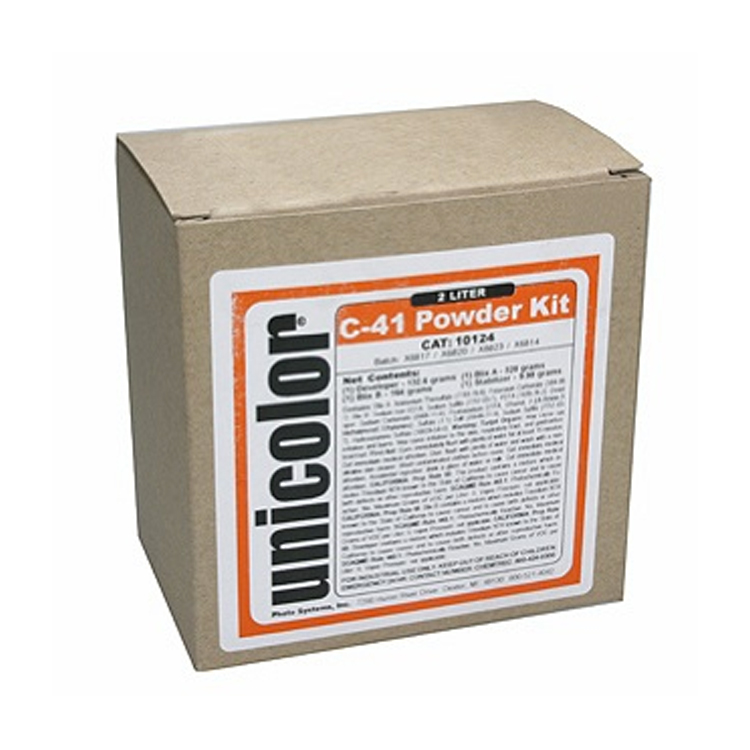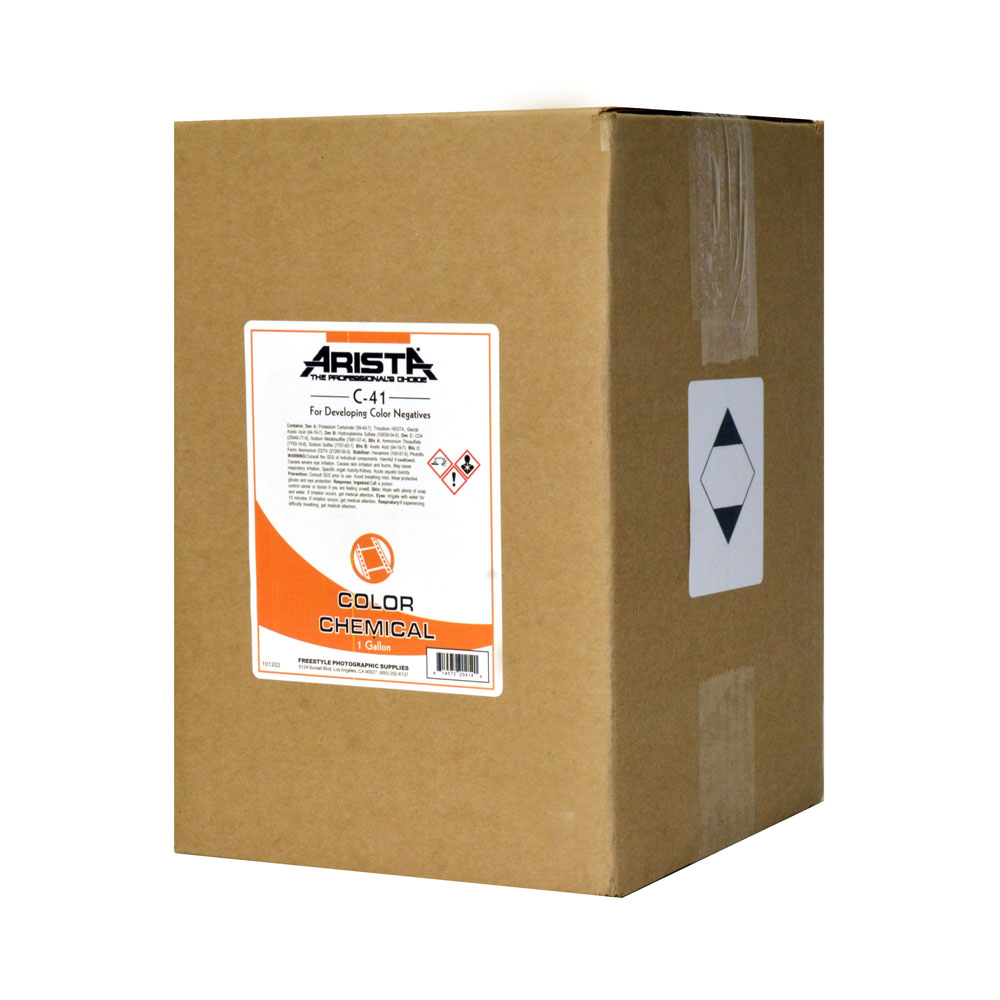

It’s important to note that even though you can pull film more than one stop, most developers won’t do it - even if they shoot the film 3 stops overexposed, they will usually only pull the film by 1 stop. The stop, bleach, and fix steps will remain the same, no matter how far you push or pull. Add 30% to the developing time when pushing, or remove 20% of the developing time when pulling the film. The general rule for pushing color film is the same as for pushing and pulling black and white film. The instructions in general are fairly short and don’t go into nearly as much detail as the Arista, Cinestill, or Tetenal kit instructions do.

The only other problem that I have found with the Flic Film kit is that it does not give proper instructions for pushing and pulling the film, or for reusing the developer passed the initial rated 8 or 16 rolls (for the 500ml and 1L kits respectively). But for the extra capacity and control, this time cost is negligible. With the Flic Film kits, it takes me about 30 minutes when all is said and done. With a blix kit, I can get through a round of C41 developing in about 20 minutes start to finish. While the steps themselves only take an additional minute at the most, the extra rinses easily eat up a lot of time during the development. The main downside of using the Flic Film C41 developer is that it does take longer to process a single roll of film. Are there any downsides to the Flic Film kit? The biggest difference between the Flic Film kit and regular C41 kits is that it takes longer to develop a single round of film, and requires 5 bottles instead of 3. The chemicals require the same temperatures and development times as a typical C41 kit, making it a familiar process for anyone who has developed color film at home before. The developer creates beautiful results that are indistinguishable from a regular blix kit or Kodak Flexicolor chemicals. The Flic Film developer is based on a classic, tried, and true lab formula. This is what the box looks like for Flic Film’s 500ml C41 color developer. The box comes with separate packages for each step, with the powdered developer, bleach, and stabilizer, while the stop bath and fix come in liquid format. The kits contain the chemicals for a developer, stop bath, bleach, fix, and stabilizer. The Flic Film kits require 5 steps to develop a single round of film. And as if to only make things better, the Flic Film C41 and E6 kits are much cheaper than the other kits offered by the larger manufacturers.


Many photographers have been seeking a kit with a separate bleach and flix because it allows for more creative control, better results, and more capacity over blix. Flic Film C41 kits are cheaper than standard C41 kits and have twice the rated capacity of a regular kit.įlic Film is bringing exactly what the market needed. The Flic Film C41 kits are high-quality, high-capacity color developing kits with separate bleach and fix, giving home developers the option to bleach bypass their film. But how do they compare to the kits by Arista, Cinestill, and Tetenal? I’ve developed 16 rolls using two Flic Film kits, and here are my thoughts so far. The company is offering both C41 (standard color film) and E6 (cine film) with separate bleach and fix in both 500ml (8-roll) capacity and 1L (16-roll) kits. That’s why it’s so exciting to see manufactures like Flic Film bringing the latest home color developing kits to the North American market. Kodak Flexicolor, which is the system labs use, is often extremely tough and expensive to get ahold of, making it inaccessible for most users. Most C41 kits come from the same manufacturer, are subject to sporadic shortages, and have a single blix formula instead of separate bleach and fix steps (like most labs use). There are few options on the market for developing color film at home.


 0 kommentar(er)
0 kommentar(er)
